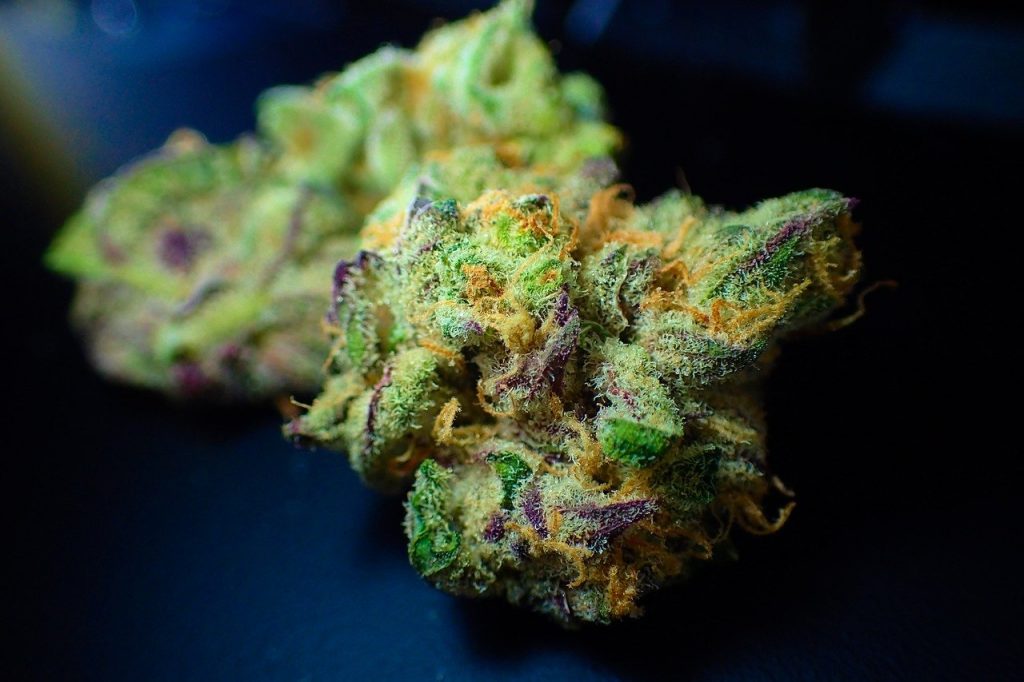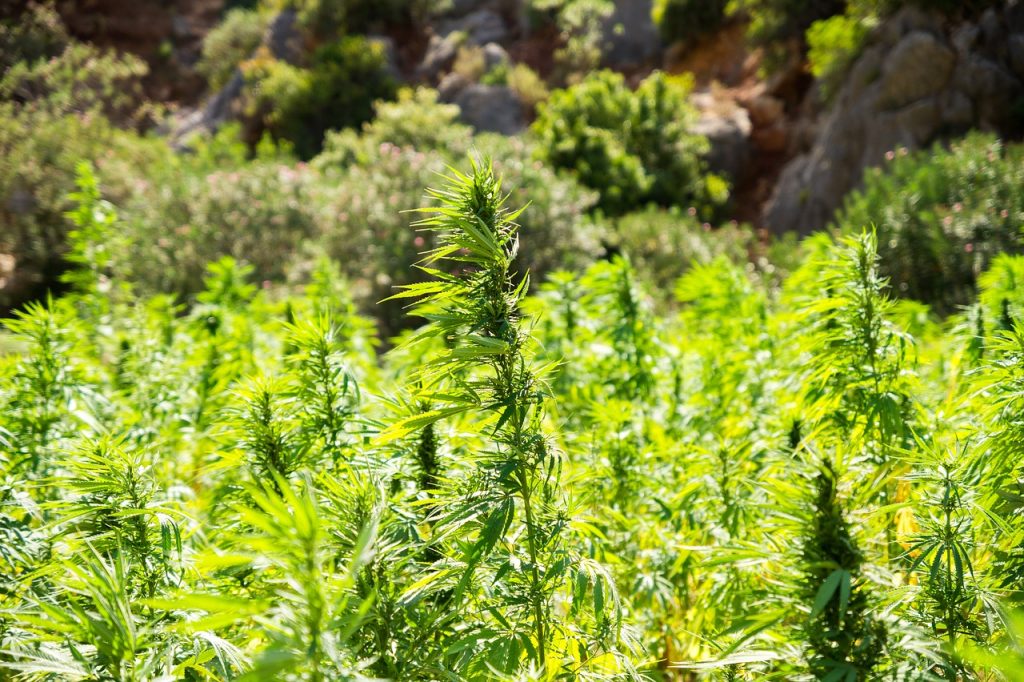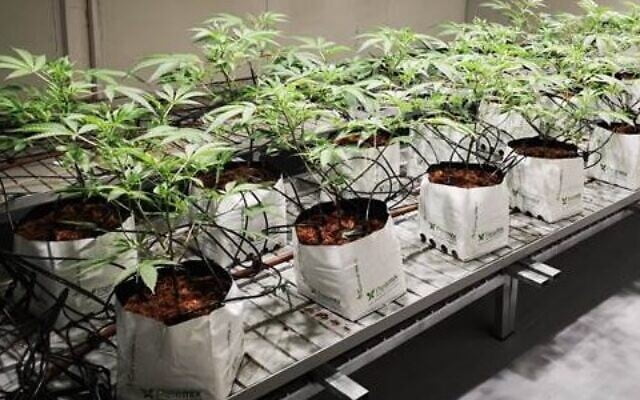Israel’s Raphael Mechoulam, the “father of cannabis research” and a professor of medicinal chemistry at the Hebrew University of Jerusalem, became the first scientist to discover tetrahydrocannabinol (THC), the marijuana plant’s principal component that causes psychoactive effects, in 1964. Later, he was the first to isolate and synthesize the active psychoactive ingredients in the marijuana plant — including THC and other cannabinoids. These discoveries are the foundation of medical cannabis research as we know it today.
Following in his footsteps with “breakthrough” cannabis research, a new crop of Hebrew University researchers have successfully engineered a cannabis plant with higher levels of cannabinoids, including THC, in the lab. The researchers, from the laboratory of Professor Alexander Vainstein at HU’s Robert H. Smith Faculty of Agriculture, Food, and Environment in Rehovot, partnered with and received funding from Mariana Bioscience, an Israeli-based R&D company founded in 2018, to develop superior technologies regarding the genetic improvement of cannabis. Prof. Vainstein led the project.

Researchers were able to successfully engineer and grow a cannabis plant with close to 17 percent higher levels of THC and 25 percent higher levels of CBG (cannabigerol), a non-psychoactive cannabinoid. The strain also had a 20 to 30 percent higher presence of terpenes, which are responsible for maximizing the euphoric effects of cannabis.
The researchers were able to engineer their own cannabis plant by “manipulating a plant-based virus that had first been neutralized so that it would not harm the plant,” according to a university statement. The researchers were able to create a version of this virus that would express the genes of the plant that influence the production of active substances.

Until now, there has been no way to tailor strains to produce certain cannabis substances or alter the ratio between them, Prof. Vainstein tells NoCamels. The results of this study are valuable to the medical researcher to cultivate and develop new strains for medical cannabis users and to increase the crop yield of active substances.
The researchers developed an innovative technology based on infection with an engineered virus to facilitate chemical reactions that increase quantities of desired substances. “We examined the infected plants and found that the levels of the substances in question had indeed risen, ” Vainstein said.
This is the first time researchers have succeeded in performing such a feat with cannabis plants, Vainstein says.
“It’s important to be able to generate more per the same amount of space. If you grow a plant in a greenhouse, for example, and you get a 20 percent improvement, the price of the material goes according to the compounds that you extract and the amount of extract actually dictates the price. So whoever is producing it will be very happy to make more for the same amount of space coverage,” Vainstein explains.
Sign up for our free weekly newsletter
Subscribe“I am not familiar with any approaches that can improve the production rate,” he adds, “So that makes it exciting for me as a researcher.”
The study’s goal was to develop a mechanism that would allow researchers to intervene in biochemical pathways of the cannabis plant and change the levels of active substances it produces. Eventually, the grower will be able to decide what components and how much of those components go into the cannabis strain.

According to the demand of the public, these strains can be produced by medical institutions or it can be produced by general users. The findings show that this technology will give the producer the ability to choose what the strain should or shouldn’t have. “One way of looking at it is as a way to get better material. Instead of having many compounds that you don’t care about, you will have specific compounds that are needed for a particular person or specific aromas or specific colors that will be added to the particular variety.
Vainstein uses aroma as an example of a component that can go into a cannabis strain. “We can add different aromas to the plant so they will generate not just cannabinoids, but also different aroma compounds. So it will smelly differently,” he says, “We’re already on this route with terpene production. So that’s a huge benefit, we hope.”
“In the future, we want to generate varieties using metabolic engineering approaches, based on the knowledge and experiments that were already performed,” Vainstein says, “We want to generate varieties that would produce specific cannabinoids or specific ratios.”
Vainstein added that more extensive experiments with the engineered plant are currently underway and should be available to cannabis industry leaders and medical research in the next few months
Related posts

Israeli Medical Technologies That Could Change The World

Harnessing Our Own Bodies For Side Effect-Free Weight Loss

Missing Protein Could Unlock Treatment For Aggressive Lung Cancer




Facebook comments